So, Your Boss Is Leaving: 7 Things Your System Must Do Immediately
It’s never easy when the boss resigns.
The headlines are filled with a few stories of executives who are ousted due to community hullabaloo, but most of the time, these executives leave because it’s simply time.
They sense a new calling, or they say, enough.
Even in the healthiest systems, there’s much on the line during a senior leader vacancy.
Senior leader succession is poised to become a critical issue no campus can ignore.

Even if you think this issue is far beyond reality, preparing well for the day when it inevitably happens can help.
Succession planning is never a crisis but a fluid planning process.
After all, leader succession never seems urgent. Until it is, that can usher in challenging times and lots of anxiety if mishandled.
Engineering succession well sets your campus up for long-term success.
Mess it up; what took years of healthy and smart maneuvering to build could vaporize in a week.
Here are seven things your system should do as soon as it becomes clear the boss is leaving.
1. Focus on Vision: Remind People What is Non-Negotiable
When a leader leaves, it can feel like everything is changing, but in the case of your system, that’s not true.
In a healthy campus, the leader might change, but the mission, vision, and values never do. It’s your job to remind your people of that.
The WHY of your system is a fantastic motivator; in fact, a vacancy can be a time to reignite the mission. Focusing on the mission of your campus during a vacancy will help remind people why they do what they do.
The HPG
Executive Quarterly {EQ} is a fluid strategic planning process specifically for teams in transition that you might find helpful.
2. Lean into Expertise
If you’re fortunate, you’ll only have to navigate a vacancy every decade or so. Which means neither you nor your team is an expert in the subject.
Fortunately,
there are resources to help.
While it’s easy to think you’ll ‘save money’ by doing the transition internally, a poor hire can cost you a fortune in the long run. It’s not unheard of for a campus to lose 10-20% of its students and staff in a bad transition.
For executive searches, it almost always makes sense to pull in an expert to work one-on-one with and FOR you. If you think of expertise as an investment, not an expense, you’ll see a tremendous future return.
At the end of 2023, what would it feel like to have all your open positions and your momentum reclaimed?
Reclaim Your Momentum {LIVE}
✅ Reclaim Your Time
✅ Reclaim Your Energy
✅ Reclaim Your Priorities
”Wow! I didn’t realize I was in desperate need of this talk and these tools in my life.”
“This message so profoundly impacted us. We are now beginning to edit out the unhealthy team behaviors interfering with our performance.
“The timing of this message could not have been better for the health of our team.”
Without a new focus and approach, it's easy to continue to:
➜ Sacrifice self and family on the altar of work.
➜ Overcommit and underdeliver.
➜ Be busy but no longer brilliant.
➜ Juggle more priorities than what we can complete.
Worst of all, other people — other tasks, jobs, and projects — will continue to hijack your life.
It’s time to change that by implementing a proven practice that works.
Reclaim Your Momentum {LIVE} is a two-hour keynote for campus/district leaders and their teams.
This interactive session will inspire, challenge, and equip your team to accelerate healthy team culture and overall team performance.
Your team will leave this session with the following:
- A shaper clarity of your unique leadership superpower we call your Natural Leadership Profile.
- A scalable framework for building a Higher Performance team and culture.
- Practical tools to accelerate team communication, connection, alignment, capacity, and execution.
Book Your Team Retreat Today – Here.
3. Respond to the Dynamics Carefully
No matter what circumstances cause a campus executive to leave, you’ll have interesting dynamics. Sometimes it can be mourning the loss of a beloved leader; other times, it can be downright anger and outrage.
Human dynamics are just that: human. And they’re as varied as the people who make up your campus and the situation.
Recruiting your high-capacity and emotionally intelligent leaders to help stabilize and address these dynamics is a smart move.
Transition can be a seedbed for a subculture of insecurity to take over. Gossip, a desire to get the ‘real scoop,’ feelings of hurt and betrayal can all fester during a vacancy. As a result, having clear, honest communication is critical.
Nothing is ever as simple as it seems on paper. Having astute, emotionally savvy leaders at the center of the transition process can be critical to a healthy succession.
4. Help the System Grieve
Even in the healthiest of transitions, it’s natural to feel a sense of loss when a respected leader leaves.
Add a juicy scandal into the mix, and you’ve got grief compounded with anger, hurt, and betrayal.
Allow yourself and others in the system to grieve the loss and take the time to process the emotional climate. This can be difficult but allowing yourself to feel and effectively work through these feelings is essential.
Given the heightened emotive state of many people these days, there’s another complicating factor. People are carrying a heavy load of unresolved grief. Maybe they’ve recently lost a parent, have a sick child, severed relationships, or have a dream slipping away. Everyone on campus is dealing with some life yuck, right?
While they won’t always be able to articulate it, someone’s unresolved grief will often emerge when triggered by any waves of change.
As I’ve argued before, 95% of the campus climate has very little to do with what is happening on campus. A vacancy is an excellent time for that dynamic to show up.
5. Communicate Differently with Different People
Only some across your system need or want the same level of information.
You have some people working in your system who couldn’t tell you the senior leader’s full name and others who are so heavily connected that they feel like losing a family member.
That’s reality.
As a result, you should be prepared to communicate differently with different people.
While the facts should be the same at every level (changing what you say depending on the audience is an integrity issue), your deepest dialogue and back-and-forth conversation should be with your core people—board, senior leadership team, faculty leadership, staff, and key community partners.
While everyone deserves respect, the people most invested in your system’s prosperity should be the people you support most when processing change.
When it comes to those wearing the team jersey, the best advice is to be available to answer as many questions as they have. Reach out. Encourage dialogue. That will help with their grieving and processing. Simple and straightforward messaging of the departure will help the rest of the campus process it too.
Linking arms with grieving people in a transition is an incredible investment.
Conversely, other people may be just fine with a quick announcement, and the balance of people will need something in between.
When communicating effectively, the deeper the investment, the deeper the trust.
6. Step Back
In the same way that a transition should be a great time to rekindle passion around the campus DNA, it can also be a great time to revive reflection.
I stepped back from leading a district I loved in May 2013. I think of it as the spring of reflection—not just for me but for the board, our core team, and my successor.
As much as you’re seeking wisdom and guidance for your campus and community, remember to create the success conditions for the new senior leader and the executive team in the transition process.
7. Set the Stage Well for the New Leader
Recruiting and hiring aren’t just about the needs of faculty, employees, and the outgoing leader. A healthy appointment process also sets the stage for the new leader's success.
While setting the stage for the new leader deserves its own post, a few things can help.
First, becoming clear on what skills the new leader must possess and how they will be empowered is critical. New senior leaders hamstrung by the past or a meddling board will find it hard to gain traction and often don’t last.
When healthy leaders enter an unhealthy system, the system wins EVERY time.
Second, make some of the hard decisions during the vacancy. If there are team members who need to go, having the board or interim leaders take care of that before the new leader arrives can help the new leader get some early wins under their belt instead of having to navigate rough decisions in their first 100 days.
Finally, be generous with your new leader. That applies not only to salary but to the spirit with which you welcome them. Your tone helps set the tone for the future.
Navigating your senior leader vacancy well is the line demarcating average systems and those driving Higher Performance.
A healthy succession will set you up for a healthy future.
Get answers to your questions about Higher Team Performance.
- "Why do we have increasing levels of resistance to the basic needs of serving students.”
- "What's the proper pace of change for our system?"
- "We say, 'the best days are ahead.' but how do I lead our campus there?"
Whether you're preparing for an upcoming transition or have recently gone through one, the
Lead Team Institute {LTI} will help you:
- Elevate your team communication
- Strengthen your team connection
- Tighten your team alignment
- Level up your team’s capacity
- Sharpen your team’s execution
- Advance the reliability of your team’s system
Click here to Optimize Higher Team Performance.
Dr. Joe Hill is an executive team guide, speaker, author, blogger, former school superintendent, University Professor of Practice, and thought leader in education. He leads one of today’s most impactful leadership practices for campus and district leadership teams across the country. He speaks to leaders worldwide about leadership, culture, and team performance.
More Blog Articles



